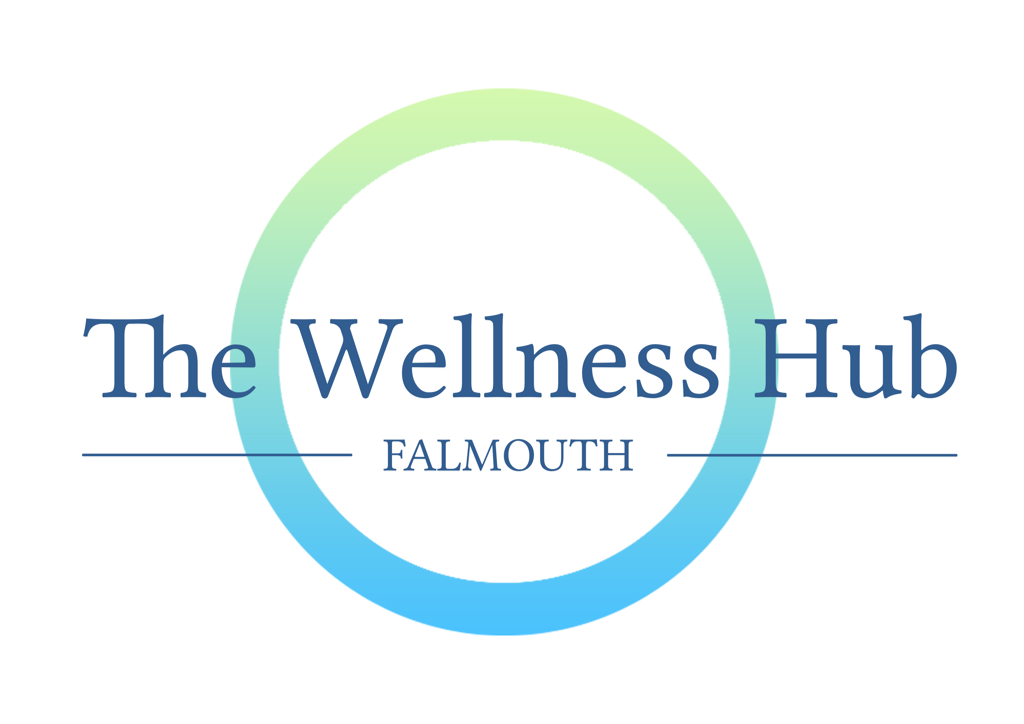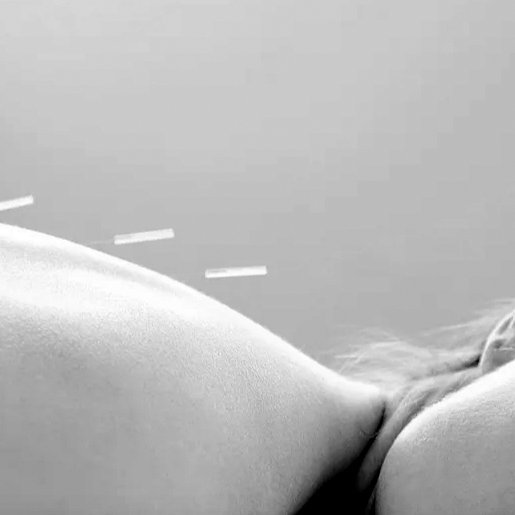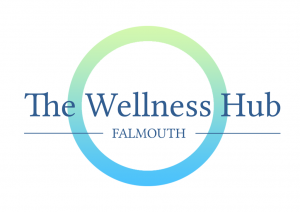As an acupuncturist and practitioner of Traditional Chinese Medicine (TCM), a lot of people ask me how acupuncture works. This is how I answer.
Acupuncture and the tools of TCM regulate Qi flow. Disease processes start when Qi is deficient, moves in a jagged, dysfunctional way or becomes stuck. The tools of TCM (needles, herbal formulas, moxibustion and nutritional advice) correct distorted Qi and restore health.
Qi needs to flow. What is Qi? (pronounced chee) Qi is a Chinese word that means energy or vitality. All life requires Qi flow. It flows through the body the same way water flows on Earth.
Picture a stream with a musical rush of water, a multitude of aquatic creatures, verdant plant life, buzzing insects, animals drinking, birds singing, trees stretching up to the sky, sunlight filtering back down. What you’ve imagined is a vibrant ecosystem supported by unobstructed water flow. This flow facilitates the relationships between the parts so the whole thrives. A vibrant ecosystem is a metaphor for robust personal health, the flow of water is like the flow of Qi.
A person with healthy flowing Qi falls asleep easily, sleeps through the night, wakes rested and happy to start the day. They have steady energy all day long, eat well and eliminate easily. They connect easily with others, experience emotions but aren’t dominated by them, can engage and disengage with the outer world appropriately. There is no physical or emotional pain. For women, periods aren’t too disruptive and come and go rhythmically. Pregnancy and birth are achieved with little drama. The transition to menopause is gentle. Our individual systems (musculo-skeletal, digestive, endocrine, etc) must function properly in order for the relationships between them to work so that the whole system integrates and prospers. Correct Qi flow engenders that integration. A healthy vital person is the same as a balanced flourishing ecosystem.
Going back to our water metaphor, if a tree falls across the stream the water will move around it, maybe even push it out of the way, but if the tree remains, debris piles up impeding the flow of water. As the flow is disrupted the ecosystem starts to fail. This image describes us not feeling well. When the water (Qi) is still moving around the tree (the block), those are self-eliminating illnesses we experience: a dehydration headache, a nervous tummy before an exam, anger during an argument, a cold that lingers for a day or two, etc. As debris builds, illness becomes more entrenched and we need medicine… more clutter, less flow, more intrusive care such as prescriptions or surgery. When there is so much blockage that there is no longer any current in the water, the stream’s ecosystem has disintegrated. No water flow, no ecosystem. It’s the same with us. No Qi flow, no life. Acupuncture and the tools of TCM remove built up debris and blockages to resurrect the flow of Qi.
The tree falling into the water represents conditions we are born with, things we are exposed to such as bacteria, viruses or toxins, lifestyle, extreme weather, physical or emotional trauma. All of these things impact our Qi flow. All of us have encountered some if not all of those things. That’s living!
As a therapy, TCM not only helps resolve health complaints but it can be preventative as well. Qi must flow. When it’s stuck, sluggish, or deficient we don’t feel well, sleep well, manage our stress well, etc. Regular acupuncture is a gentle solution to our health woes and a lovely antidote to the full lives we live.


